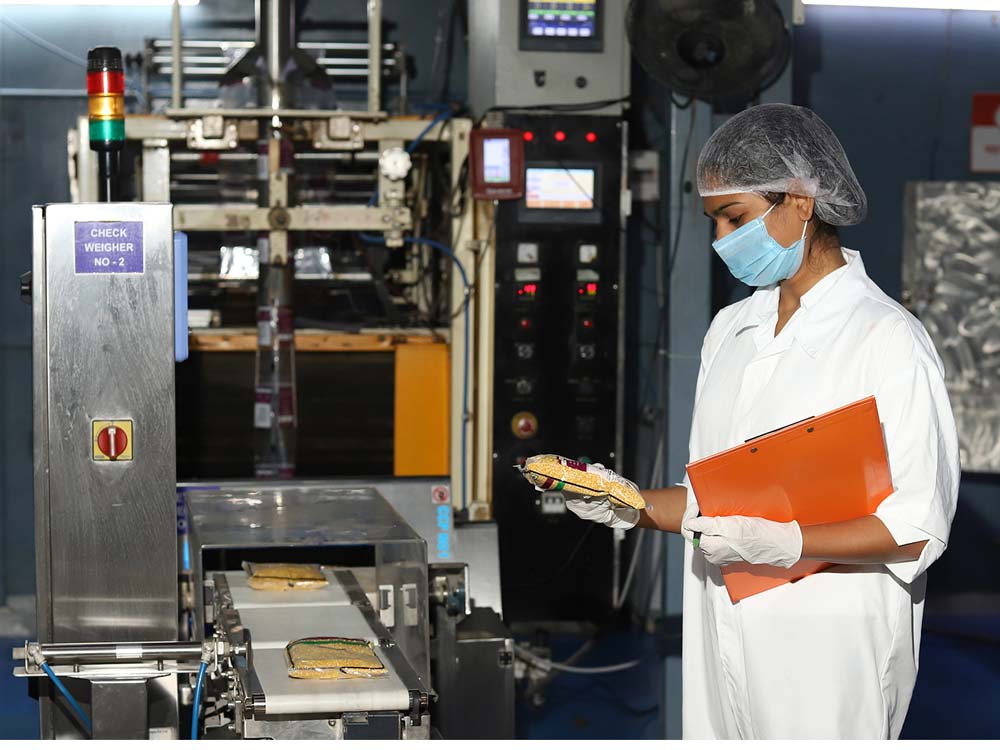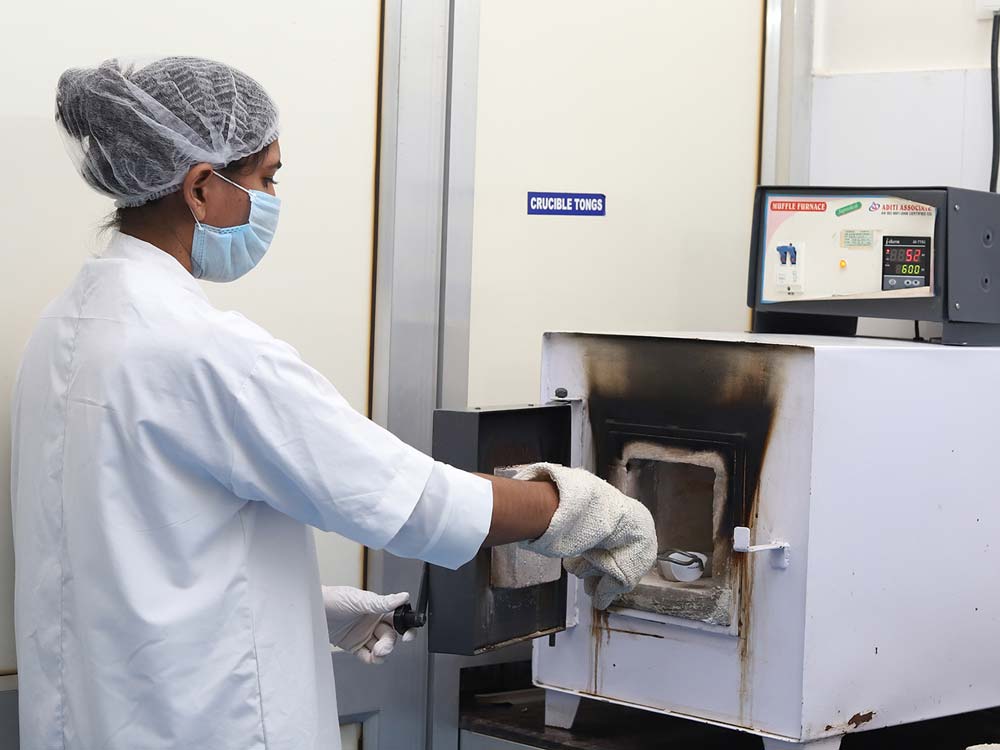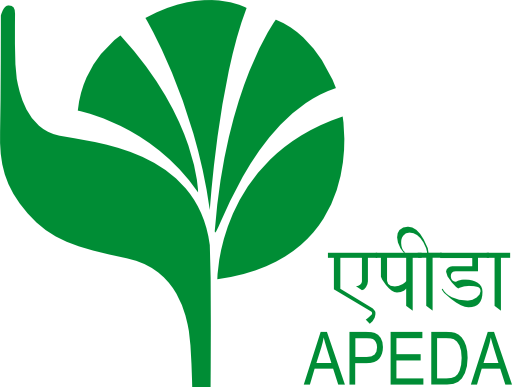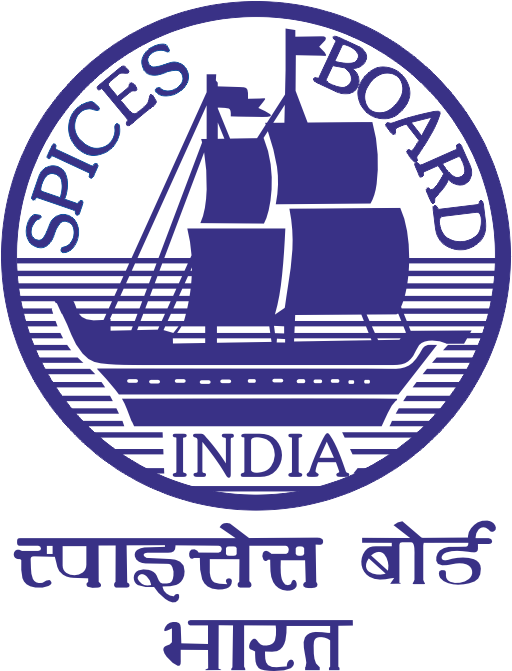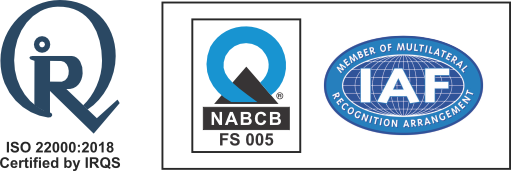Food Safety
Today’s market offers an abundance of food choices, providing consumers with a diverse selection of products and brands. However, do we truly know the origins and processes behind the foods we purchase? Reports of unethical practices among growers and suppliers contribute to subpar food quality, leading to serious nutritional and health concerns. Despite being aware of these issues, determining the best choices for our well-being remains a challenge.
Safety and quality practices
At Patel Retail, we prioritize your well-being by adhering to stringent food safety standards. Our commitment includes rigorous quality checks, hygienic processing, and compliance with international regulations to ensure the highest standards of safety and freshness in every product we offer.

We prioritise quality in our products, recognizing its paramount importance. Our commitment to excellence is evident in our meticulous processes, where we employ high-grade ingredients adhering strictly to industry norms and guidelines. The result is a product that excels in taste, aroma, and shelf life. To guarantee its quality, we subject our range to rigorous testing conducted by skilled professionals. This stringent testing process, executed with precision, eliminates processing errors, reflecting our dedication to customer satisfaction and our pledge to meet or exceed their expectations for quality and safety.
Quality Parameters
The distinct colour of capsicum fruits is attributed to pigments such as chlorophyll and carotenoids.
The pungency of chilli, characterized by capsaicin and allied chemicals, is objectively evaluated through capsaicin content estimation.
Water content, or moisture content, is a crucial parameter indicating the quantity of water within a material.
Ash content serves as a measure of the total minerals present in a food product.
The yellow color of turmeric is attributed to curcuminoids, natural phenols with distinct properties.
Piperine, a pungent alkaloid concentrated in the outer skin of pepper berries, contributes to the spice’s flavour.
This parameter measures the flavor and aroma of spices, reflecting their overall quality.
The insoluble residue obtained through acid and alkaline hydrolysis indicates the true cellulose and insoluble lignin content.
An index indicating the proportion of different particle sizes in the measured sample.
Microbiological Testing
We rigorously test for Salmonella, a bacterium causing food poisoning through contaminated food.
Monitoring for moulds is essential to prevent unwanted biodegradation of natural materials, ensuring food spoilage prevention.
Our testing includes E.Coli detection, as its presence can lead to serious illnesses in humans.
These bacteria serve as indicators of potential pathogen, virus, or parasite presence in samples.
We conduct a comprehensive count of all bacteria, fungi, yeast, and mould that thrive in aerobic conditions.
Special attention is given to yeast and fungi, which may be present on wet surfaces with organic nutrients.
Mycotoxin Testing: We employ High-Performance Liquid Chromatography (HPLC) to detect naturally occurring mycotoxins, specifically Aflatoxins B1, B2, G1, G2, associated with Aspergillus flavus and Aspergillus parasiticus.
Certificates and licenses
Our food quality is validated by certifications from authorities in India and worldwide. These accolades stem from thorough tests, inspections, and audits. Our products undergo stringent quality and safety tests, ensuring they are recognized as safe, farm-to-plate foods.



